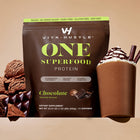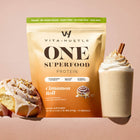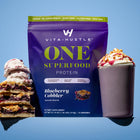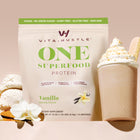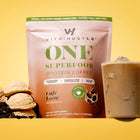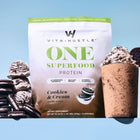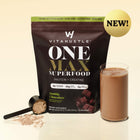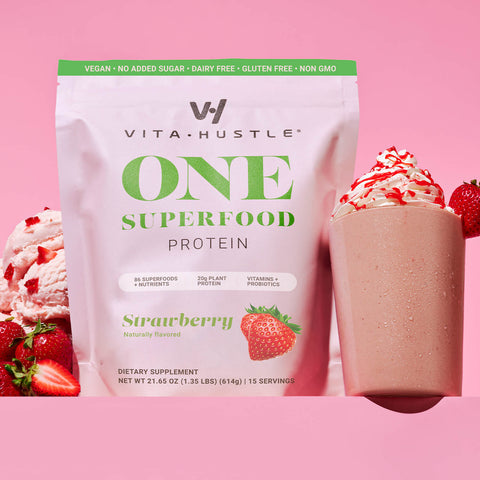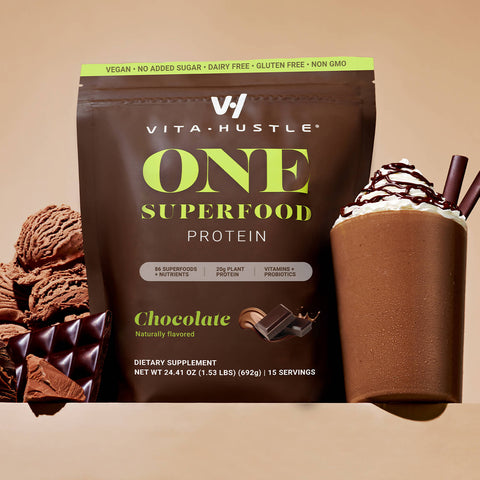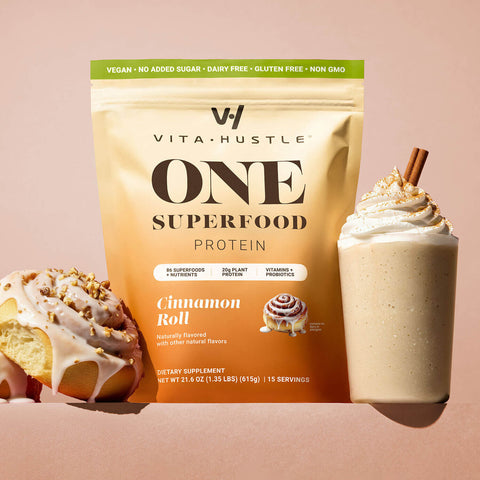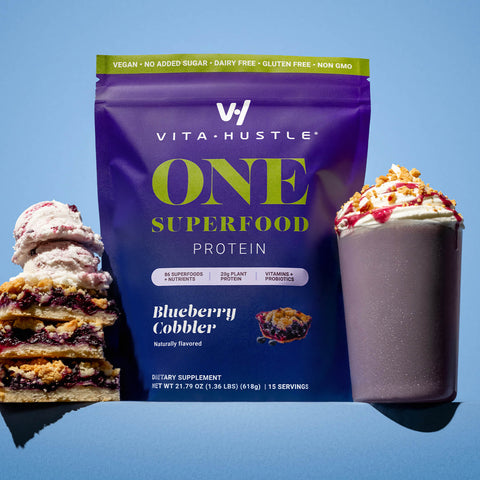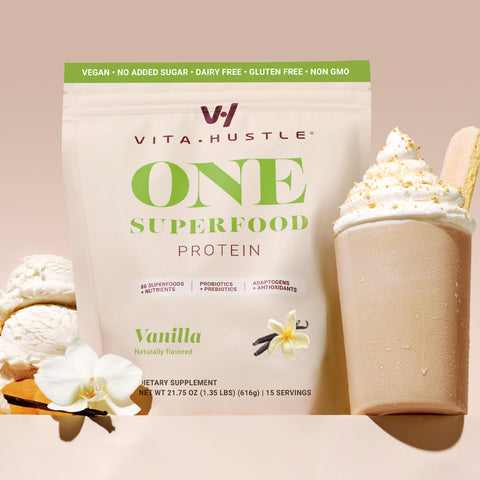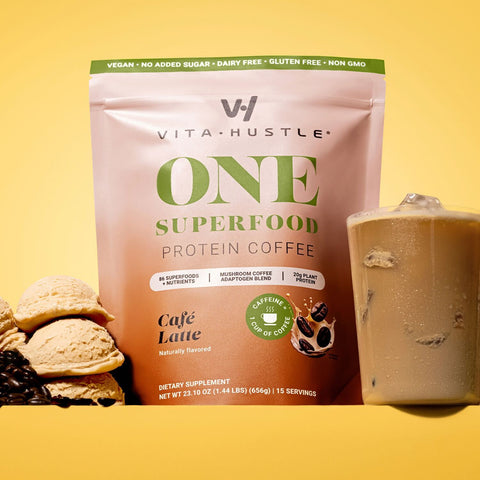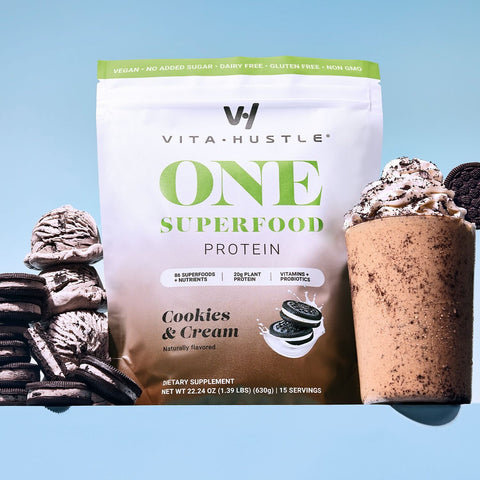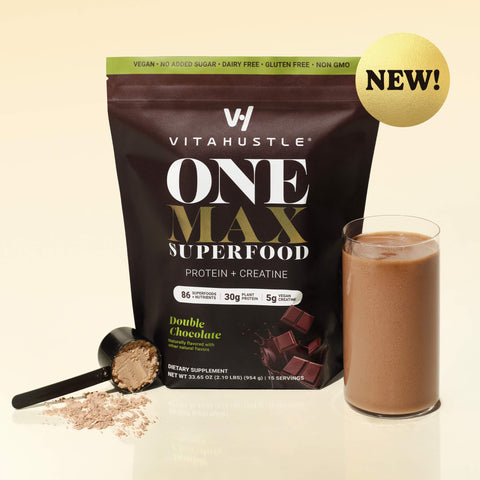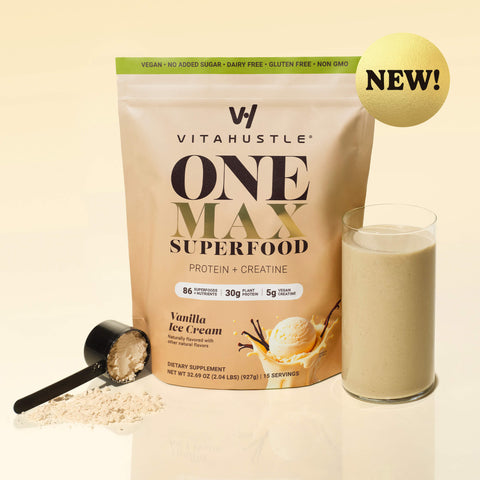Are you doing the same old gym routine over and over? Check these boxes to start adding serious size.
Adding muscle mass is hard. Sure, cutting calories in an effort to lean out is its own special kind of misery, but the effort it takes to train for size – the focus on every rep, the tracking of loads pushed, the constant introduction of new stimuli – is hard work. And the plateaus. When you are training for hypertrophy, plateaus seem to be around every corner. Outthinking and outworking plateaus in your quest to add lean muscle is itself an exhausting experience.
If you are about to embark on a training program to add muscle, or your current program has stalled out, take a look at our list of the top five ways to build muscle.
1. Progressive Overload Training
Legend has it that ancient strongman Milos of Croton built his epic strength by picking up a baby bull every day of his youth. Since the calf was growing, Milos was forced to lift a heavier load each day. That, in a nutshell, is Progressive Overload Training. The idea behind Progressive Overload is that you must constantly present increasing demands on your muscles in order to make them grow.
The time-honored way of doing this is adding more weight to your lifts. But when you tap out that avenue, you can stimulate your muscles by adding more reps, more sets, more days of training, or decreasing rest intervals between sets. If you are new to lifting weights, Progressive Overload Training should be the backbone of your program. Seasoned weight room veterans are well served by using it in a six to 10-week training cycle.
Do it Right: Progressive Overload Training demands detailed journaling of your sets, reps, and loads, so you can track your progress.
2. Metabolic Stress Training
Recent research has shown that exposing muscles to metabolic stress, by lifting relatively light loads to failure, can be just as effective as Progressive Overload Training when it comes to building muscle. A study published in the Journal of Strength and Conditioning Research found that while heavy loads were necessary to develop strength, light loads can be used to achieve a similar level of hypertrophy as pushing heavy weight. Scientists hypothesize that it achieves hypertrophy through a number of means including increased motor unit recruitment and systemic hormone release. It’s a great technique to toggle between when you start to plateau using Progressive Overload Training.
Do it Right: Metabolic Stress can be achieved through the use of tried and true bodybuilding intensity techniques such as supersets, giant sets, drop sets, and rest-pause.
3. Eccentric Load Training
When it comes to lifting weights, “eccentric” refers to the motion that lengthens a muscle. Often called the “negative,” this would include extending your arm during a biceps curl or lowering the weight to your chest during a bench press. Studies show that this kind of stress engenders a different type of adaptation than the typical kind of weight lifting which focuses heavily on the concentric motion of each lift. Eccentric Load Training takes discipline and probably a few Advil for the first few weeks. Eccentric training causes greater muscle damage (in a good way) and muscle soreness than traditional training. The good news is, your body adapts to the soreness pretty quickly.
Do it Right: For each rep, perform a quick positive (concentric) motion and then a very slow negative (eccentric.) Each eccentric motion should last between three and six seconds. This will feel like an eternity.
4. Nutrient Timing
Everyone knows that you need to eat enough daily calories to be in a caloric surplus if you want to build muscle. The next step is to time that intake precisely. Consuming protein, especially in regard to the timing of your workout, is crucial for optimal muscular gains. Recent research shows that getting .4-.5 grams of protein per kilogram of lean body mass, both pre- and post-workout, is a pretty fail-safe way to ensure maximal anabolic effect. Another study recommends that in order to maximize muscle growth, aim for 0.4 grams of protein per kilogram of body weight (this is different than lean body mass,) across a minimum of four meals in order to reach a minimum of 1.6 grams of protein per kilogram of body weight each day.
Do it Right: Whey protein is known to be absorbed rapidly and easily digested, which makes it a great option for post-workout feedings or when you are trying to time protein intake. If you are vegan, or cannot tolerate whey protein, certain vegetable-based proteins such as pea and chickpea protein are also absorbed relatively quickly.
5. Recovery
Sleep is the unsung hero of building muscle. The fitness world is obsessed with aphorisms about hardcore training, like “I’ll sleep when I’m dead.” The truth is, your muscles might benefit more from an extra hour of sleep a night more than that extra set of shoulder presses. Research presented in the journal Medical Hypotheses showed that lack of sleep leads to a reduction in anabolic hormones such as testosterone and Human Growth Hormone, as well as a degradation in protein synthesis, all of which adds up to compromised recovery and diminished muscle size.
Do it right: Aim for at least eight hours of sleep a night. Some evidence suggests that Human Growth Hormone spikes between 10 p.m. and midnight, so try to be asleep by then.

